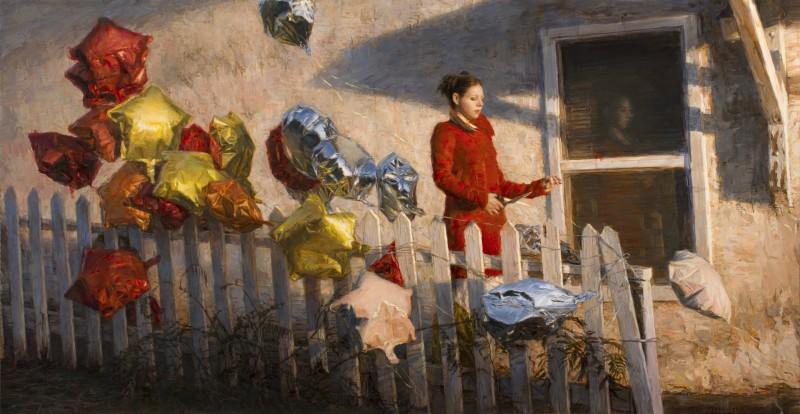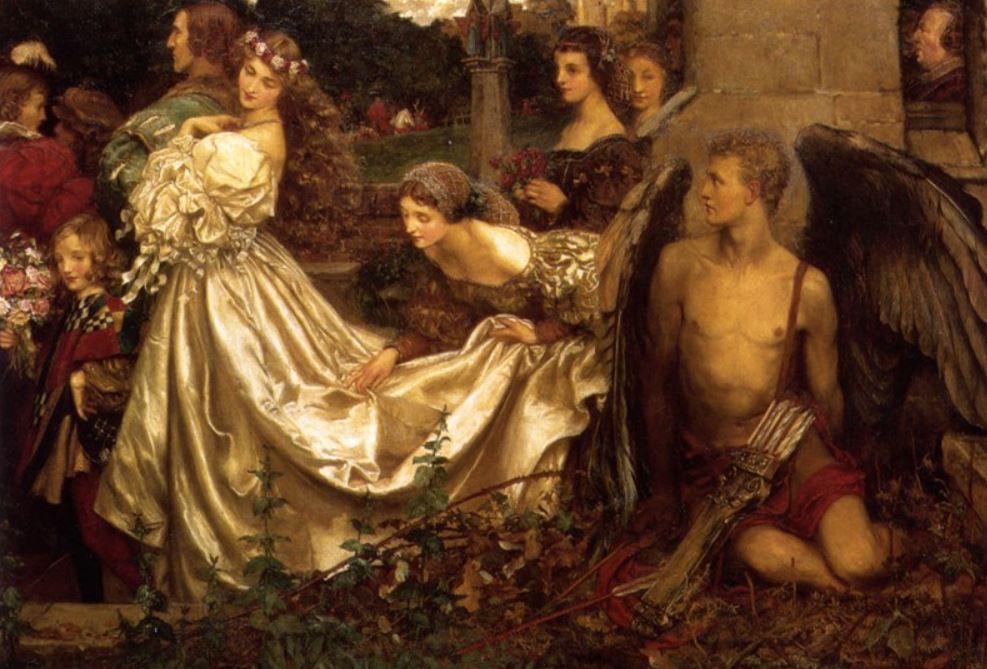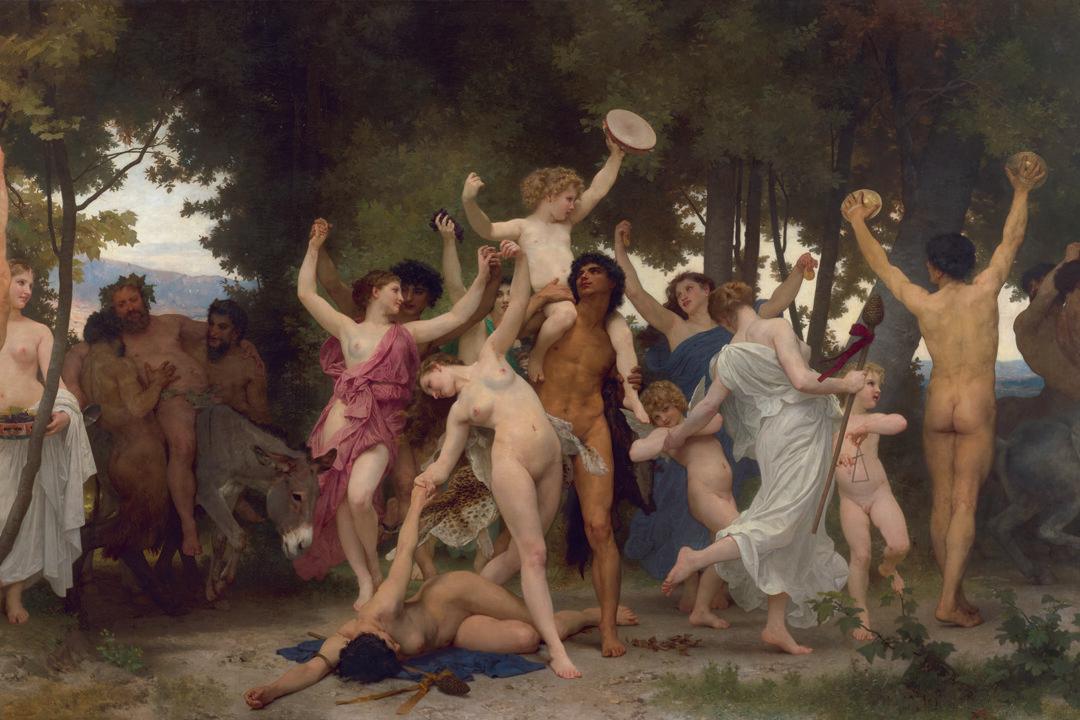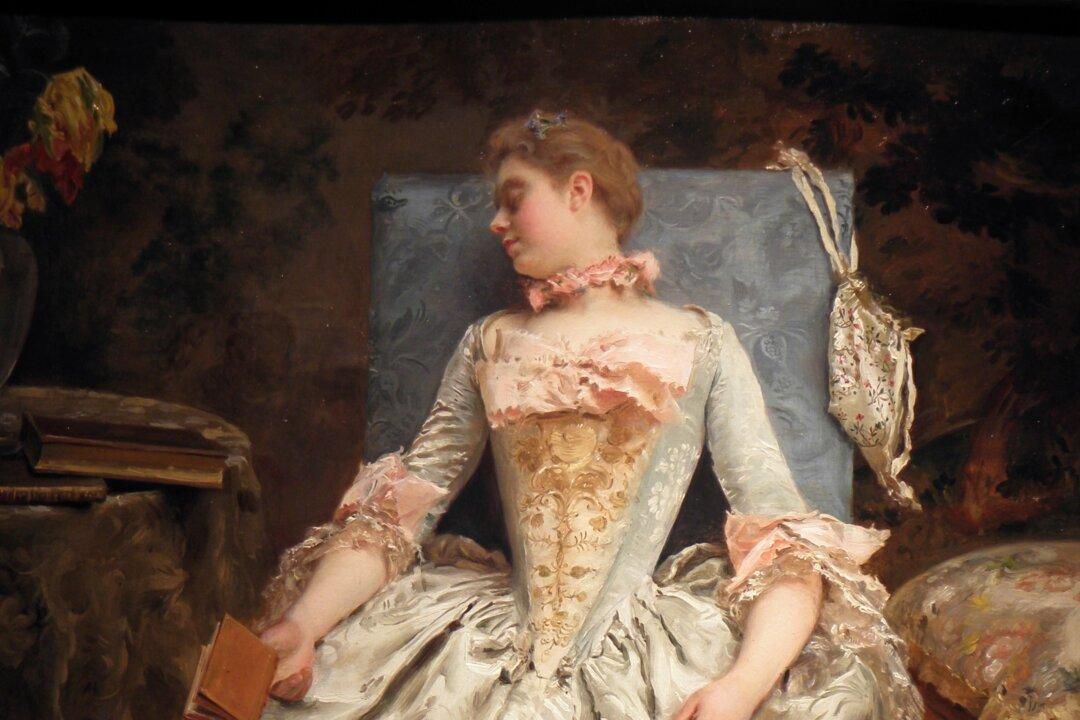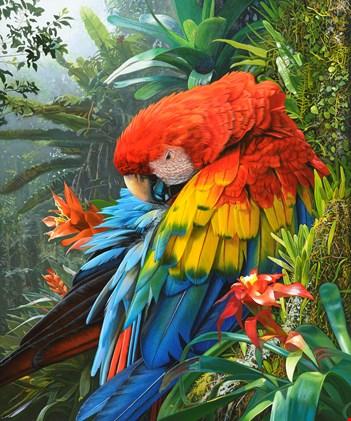Every year the Art Renewal Center, a non-profit educational foundation dedicated to the re-appreciation of traditional art and training techniques, hosts a prestigious international painting and sculpting competition.
With an approximate 2,200 entries this year by over 1,000 artists, the Art Renewal Center’s 2013/2014 Salon Competition was more competitive than ever. This year they accepted 685 finalists, which were the top 31 percent of works submitted. They have given out 14 purchase awards, the value of the paintings totaling over $140,000. This is in addition to the over $40,000 in cash prizes.
This year it should be noted that the William Bouguereau Award Winner, “Bacchanal,” by Nick Alm, was runner up for Best in Show placing just behind Jeremy Lipking, who took the grand prize with his painting of “Adrift,” a sizable canvas of 40 by 40 inches.
About “Bacchanal” Alm said:
“What interests me are especially our deficiencies, needs, and desires, what makes us incomplete. I see the painting as an investigation of the human psyche, rather than any kind of social commentary.”
For Lipking, “Adrift” is a continuing exploration by the artist into works inspired by the story of Ophelia. In “Adrift,” the artist depicts his own daughter floating in a transcendent state of bliss.


